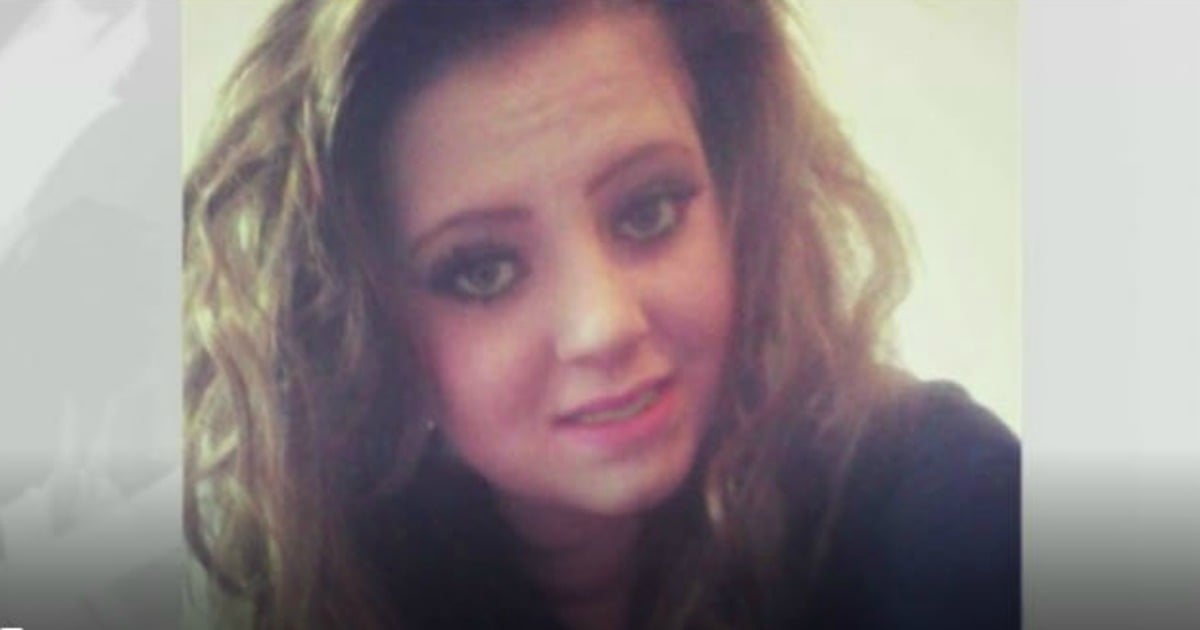Content warning: This post contains themes of suicide and self-harm that some readers may find triggering.
The family of 14-year-old Hannah Smith were devastated when she ended her own life. They believed the bright, clever teen from Leicestershire in the UK was driven to suicide by bullies.
A series of hateful messages about Hannah had been posted on the social media site Ask.fm in the months before her death. Her father spoke out against internet trolls. Even Prime Minister David Cameron got involved, calling for tighter regulation of social media sites.
But there was a shock in store for Hannah’s family. Police investigating her death found she had posted the hateful messages herself.
There was no doubt Hannah had been bullied in the past. Her sister Joanne said she had been targeted for three years at school. Her father David explained that Hannah had gone to a party where someone had smashed her head against a wall twice.
But the cyber-bullying on Ask.fm was all from Hannah.
The tragic death of the UK teen, which happened in 2013, caught the attention of Dr Justin Patchin at the University of Wisconsin-Eau Claire. Dr Patchin had spent a decade studying cyber-bullying, but had never heard of teens cyber-bullying themselves.
He and another researcher, Dr Sameer Hinduja, decided to ask more than 5000 US teens if they’d ever anonymously posted something online about themselves that was mean.
They were stunned to discover that nearly six per cent of the teens said they had. They published their results in the Journal of Adolescent Health.

